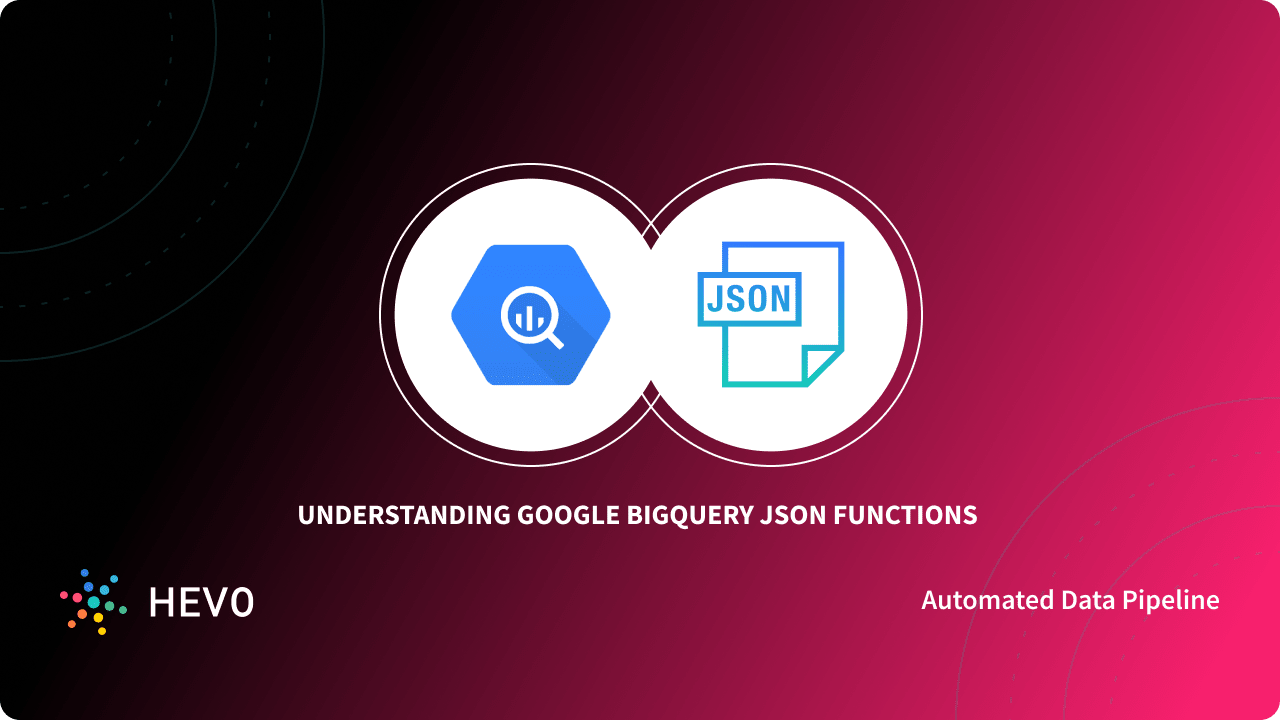
In the Select a role field, grant the desired permissions to the service account, according to your needs: In this step, you need to grant service account access. In the Service account description field, enter a brief description of the service account. The Service account ID field will automatically populate based on the defined account name. In the Service account name field, enter a memorable name for the service account. Let's start by selecting + Create Service Account. In this step we will create and configure a new Google Service Account.Ī service account is a special type of Google account intended to represent a non-human user that needs to authenticate and be authorized to access data in Google APIs ( source ). Step Two: Create & Configure a Google Service Account Post-creation, the Service Accounts screen appears. If needed, select a location in the Location field. If the Google account you are logged in under belongs to an organization (i.e., ), then an Organization field appears and the domain of your organization appears by default. In the graphic below, the project ID is preset-connections-317005. Take note of the correctly formatted "Project ID" below the Project name field - you will need this if you decide to connect via a SQLAlchemy URI. In the Project name field, enter a name for your project - this will become your project ID. To create a project, select Create Project.
BIGQUERY JSON QUERY FREE
The Platform Console will display any existing projects - feel free to select an existing project if desired. The connector supports several time-based table partitioning strategies using the property the Google Cloud Platform Console, ensure that you are logged in to your correct Google Account. The internal thread pool defaults to 10 threads. Make sure to review BigQuery rate limits if you are planning to use multiple connectors with a high number of tasks.Įven though the connector streams records one at a time by default (as opposed to running in batch mode), the connector is scalable because it contains an internal thread pool that allows it to stream records in parallel.



Connecting Kafka Streams to Confluent Cloud.Manage ksqlDB by using the Confluent CLI.Connecting REST Proxy to Confluent Cloud.Connect Kafka Connect to Confluent Cloud.Connect Kafka Clients to Confluent Cloud.

Connecting Control Center to Confluent Cloud.Connect Confluent Platform and Cloud Environments.


 0 kommentar(er)
0 kommentar(er)
